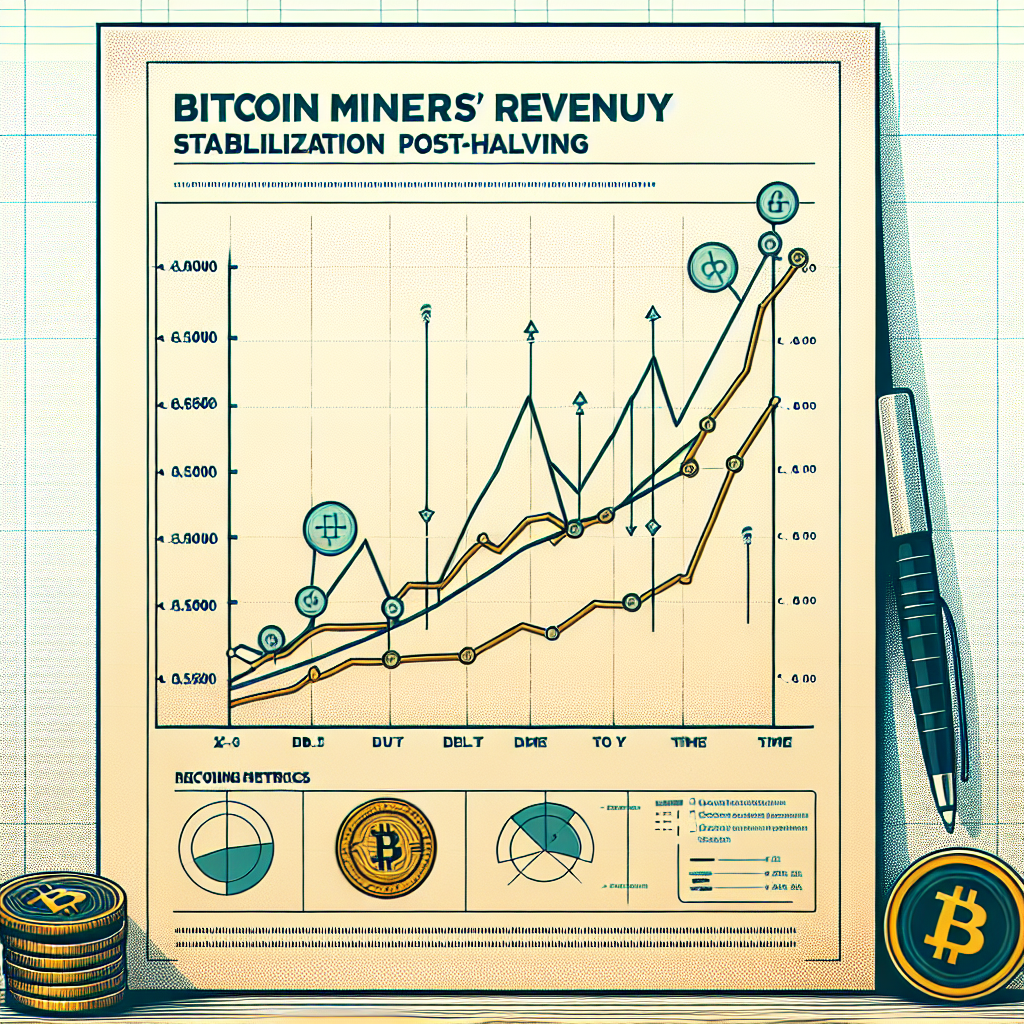
Global Markets Rally Amid Economic Optimism
Global markets experienced a significant rally today, buoyed by renewed optimism surrounding global economic recovery and positive investor sentiment. Major indices across Asia, Europe, and North America posted substantial gains, reflecting growing confidence among investors that recent economic policies and stimulus measures are beginning to yield tangible results.
In Asia, markets opened strongly, driven by encouraging economic data from China and Japan. China’s latest industrial output figures exceeded analysts’ expectations, signaling robust manufacturing activity and increased domestic demand. This positive data provided reassurance to investors concerned about the pace of China’s economic recovery following recent uncertainties. Similarly, Japan’s Nikkei index surged, supported by improved export figures and a strengthening yen, which boosted investor confidence in the country’s economic outlook.
European markets followed suit, with major indices such as Germany’s DAX, France’s CAC 40, and the UK’s FTSE 100 all closing higher. Investor sentiment in Europe was particularly buoyed by the European Central Bank’s recent announcement of continued accommodative monetary policy measures aimed at supporting economic growth and stabilizing financial markets. Additionally, positive developments in trade negotiations between the European Union and key trading partners contributed to the upbeat mood, alleviating concerns over potential disruptions to international commerce.
Across the Atlantic, Wall Street also experienced notable gains, with the Dow Jones Industrial Average, S&P 500, and Nasdaq Composite all closing significantly higher. Investors in the United States responded positively to the latest employment data, which indicated a steady decline in unemployment rates and an increase in job creation across multiple sectors. Furthermore, optimism surrounding ongoing infrastructure spending initiatives and fiscal stimulus packages provided additional momentum to market sentiment, reinforcing expectations of sustained economic growth in the coming months.
Commodity markets mirrored the broader optimism, with oil prices rising amid expectations of increased global demand as economic activity continues to recover. Brent crude and West Texas Intermediate both recorded gains, reflecting investor confidence in the energy sector’s prospects. Similarly, precious metals such as gold and silver experienced modest increases, driven by a combination of inflationary concerns and a weaker U.S. dollar, which made commodities more attractive to international investors.
Despite the overall positive sentiment, analysts caution that certain risks remain. Concerns persist regarding potential inflationary pressures resulting from expansive monetary and fiscal policies implemented by central banks and governments worldwide. Additionally, geopolitical tensions and uncertainties surrounding global supply chains continue to pose challenges that could impact market stability in the near term.
Nevertheless, today’s market rally underscores the prevailing optimism among investors regarding the global economic outlook. Policymakers and financial institutions remain committed to supporting economic recovery through targeted measures and coordinated efforts, fostering an environment conducive to sustained growth. As markets continue to navigate these complex dynamics, investors will closely monitor economic indicators and policy developments to assess the durability of the current rally and the trajectory of global economic recovery.
Major Breakthrough in Renewable Energy Announced

In a significant development announced today, researchers unveiled a groundbreaking advancement in renewable energy technology, promising to reshape the global energy landscape. Scientists from an international consortium revealed a new solar cell design capable of achieving unprecedented efficiency levels, marking a substantial leap forward in renewable energy generation. This innovation is expected to accelerate the global transition away from fossil fuels, significantly reducing greenhouse gas emissions and mitigating climate change impacts.
The newly developed solar cells utilize advanced perovskite materials combined with silicon-based technology, resulting in a hybrid structure that surpasses previous efficiency benchmarks. According to the research team, laboratory tests have demonstrated efficiency rates exceeding 35 percent, a remarkable improvement over the current industry standard of approximately 25 percent. This increase in efficiency means that solar panels can now generate substantially more electricity from the same amount of sunlight, making renewable energy more cost-effective and accessible to a broader range of consumers and industries.
Furthermore, the researchers emphasized that the new solar cell design is not only more efficient but also more durable and cost-effective to manufacture. By employing innovative fabrication techniques, the team successfully reduced production costs, addressing one of the primary barriers to widespread adoption of renewable energy technologies. This cost reduction, coupled with enhanced durability, positions the new solar cells as a viable alternative to traditional energy sources, even in regions previously considered unsuitable for solar power generation.
In response to this announcement, industry experts have expressed optimism regarding the potential impact of this breakthrough on global energy markets. Renewable energy advocates anticipate that the improved efficiency and affordability of solar technology will encourage greater investment in renewable infrastructure, accelerating the shift toward sustainable energy solutions. Additionally, policymakers worldwide are expected to leverage this advancement to strengthen renewable energy targets and implement more ambitious climate policies.
The implications of this breakthrough extend beyond environmental benefits, as increased adoption of renewable energy technologies is projected to stimulate economic growth and job creation. Analysts predict that the expansion of solar energy infrastructure will generate employment opportunities across various sectors, including manufacturing, installation, maintenance, and research and development. Consequently, this advancement holds promise not only for environmental sustainability but also for economic prosperity and social development.
Despite the optimism surrounding this announcement, researchers acknowledge that further work remains to be done before the new solar cells can be widely commercialized. The next phase of development will involve scaling up production processes and conducting extensive field testing to ensure reliability and performance under real-world conditions. The research team has indicated that collaborations with industry partners are already underway, aiming to expedite the commercialization process and bring this innovative technology to market within the next few years.
In conclusion, today’s announcement represents a significant milestone in renewable energy research, offering a promising pathway toward a cleaner, more sustainable future. As global demand for energy continues to rise, breakthroughs such as this one are essential for addressing the challenges posed by climate change and resource scarcity. With continued investment and collaboration, this innovative solar technology has the potential to transform the global energy landscape, benefiting both the environment and society as a whole.
International Summit Addresses Climate Change Initiatives
World leaders convened today in Geneva, Switzerland, to discuss urgent climate change initiatives aimed at mitigating global environmental threats. The summit, attended by representatives from over 100 nations, underscored the international community’s growing commitment to addressing climate-related challenges through collaborative action and policy alignment.
During the opening session, delegates emphasized the necessity of immediate and coordinated measures to reduce greenhouse gas emissions. Several speakers highlighted recent scientific reports indicating accelerated global warming trends, stressing that current efforts remain insufficient to meet the targets established by the Paris Agreement. Consequently, participants called for enhanced international cooperation, urging nations to adopt more ambitious emission reduction goals and implement comprehensive strategies to transition toward renewable energy sources.
In response to these calls, several countries announced new commitments designed to significantly lower their carbon footprints. Notably, the European Union pledged to increase its renewable energy capacity by 40 percent within the next decade, while China outlined plans to phase out coal-fired power plants by 2040. Additionally, the United States reaffirmed its commitment to achieving net-zero emissions by 2050, promising substantial investments in clean energy infrastructure and technological innovation.
Beyond emission reductions, summit discussions also addressed the critical importance of climate adaptation and resilience-building measures. Delegates acknowledged that vulnerable nations, particularly small island states and developing countries, face disproportionate impacts from climate change, including rising sea levels, extreme weather events, and food insecurity. To address these challenges, participants agreed on the necessity of increased financial support and technical assistance for affected regions. Several developed nations committed to expanding their contributions to international climate finance mechanisms, aiming to facilitate adaptation projects and strengthen resilience in vulnerable communities.
Furthermore, the summit highlighted the role of private sector engagement in driving climate action. Business leaders from various industries participated in panel discussions, emphasizing the economic opportunities associated with sustainable practices and green technologies. They advocated for stronger public-private partnerships, arguing that collaboration between governments and corporations is essential to accelerate innovation and scale up climate solutions effectively. In response, policymakers expressed willingness to create favorable regulatory frameworks and incentives to encourage private sector investment in sustainability initiatives.
Throughout the summit, youth activists and civil society representatives actively participated, voicing concerns about intergenerational equity and demanding accountability from political leaders. Their presence underscored the growing public awareness and urgency surrounding climate issues, reinforcing the need for transparent and inclusive decision-making processes. Delegates acknowledged these perspectives, committing to greater transparency and public engagement in future climate negotiations.
As the summit concluded, participants expressed cautious optimism regarding the progress achieved, recognizing that sustained international cooperation remains crucial to addressing climate change effectively. Leaders agreed to reconvene annually to monitor progress, evaluate policy effectiveness, and adjust strategies as necessary. Ultimately, today’s discussions marked a significant step forward in global climate diplomacy, demonstrating a collective resolve to confront environmental challenges through unified action and shared responsibility.




